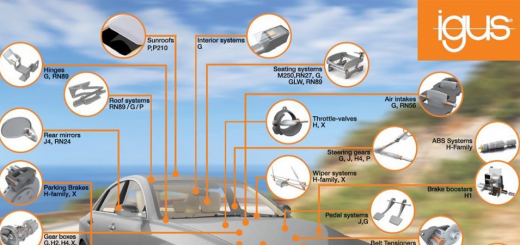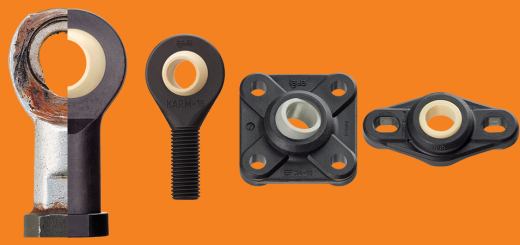Yes, There’s an Easier Way to Strip Your Cables
By Andreas Muckes

I don’t know any electrician who enjoys dismantling cables.
Stripping the jacket is not much fun at a workbench. At a machine, lack of space and poor lighting often present us with completely different challenges and also carries a risk of injury. In a control cabinet between the terminal block and other components, it is not particularly easy to work.
Fortunately, there’s a better, easier way. Read on to learn about a cable stripping innovation that saves you time and keeps jackets, conductors, and your fingers safe.
The Right Dissection Tool
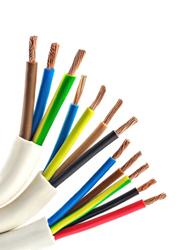
There are very good tools for standardized cables that can be used to securely set cables down without damaging the wires. For such tools to work, the line must be made symmetrical so that a round cut is conceivable. The wires are all at the same depth in the line.
However, these tools won’t work with special cables from different manufacturers. High-quality cables are usually constructed in such a way that the sheath sits extra firmly on the stranding or the screen. In this way, the wires are well guided in the application. That makes the cable stable and robust. This also goes against quick and easy removal of the jacket. So the choice remains between high-quality cables or easily detachable cables.
The Idea – Open Outer Jackets With a Tear Strip
For this reason, a few years ago we worked a thread into the outer jacket to make it easier to open it. I was inspired by the little red foil strip on food packaging.
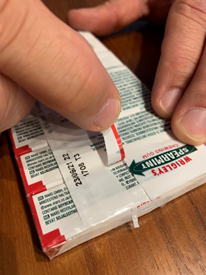
How nice and practical it is to get access to what’s inside without damaging it and the packaging. There should be something like that for cables! So, the idea was born. But the road to the finished product was long. Many questions arose: What material should the thread have? What color does it have to be? How does it get on the line? Does this affect any norms? How can you grab the thread?
Back then, we just started looking for threads that might fit. Then our development manager and I opened cables with a longitudinal cut, removed the stranded structure and placed the thread on it. Then we put the previously removed coat around it again in order to open the coat with the thread.
It had to be a thread! A simple wire – like a drain wire – doesn’t work. With this knowledge we approached manufacturers of threads and asked for empirical values. Nothing! There was no information because no one had ever done that before.
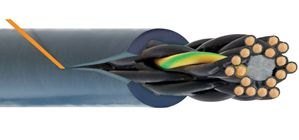
We then ventured into the first tests with a manufacturer whose products we use in fiber optics. Here we discovered a thread that cuts the coat well, does not tear and still does not damage the veins in motion. Countless other tests and attempts followed in order to gain security. Today we use this tear thread, the CFRIP, for our standard cables. Almost every cable with a PVC or TPE jacket today has a CFRIP thread in the inner or outer jacket.
The CFRIP Tool
The thread makes it easier to remove longer outer jackets and a time savings of 50 percent is achieved.
This result was not enough for us at the time, however, because the thread is difficult to grasp. We needed a way to get a better grip on the thread. The thread was very thin and could tear off with needle-nosed pliers. A solution had to be found and it had to be inexpensive.
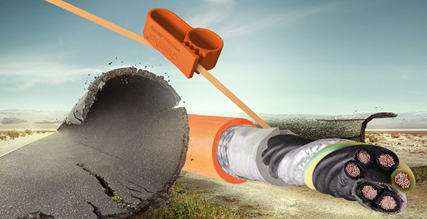
Therefore, in addition to the tear thread, we developed the CFRIP tool, a small tool to grip the thread firmly and open the line undamaged. With this little handle you can grab the thread and grab it to tear open the coat – almost like a zipper. The cable is opened to the desired length in a controlled manner by simply pulling the CFRIP tear strip. The wires can then be comfortably removed from the jacket.
Visit our webpage to learn more about our CFRIP technology.


